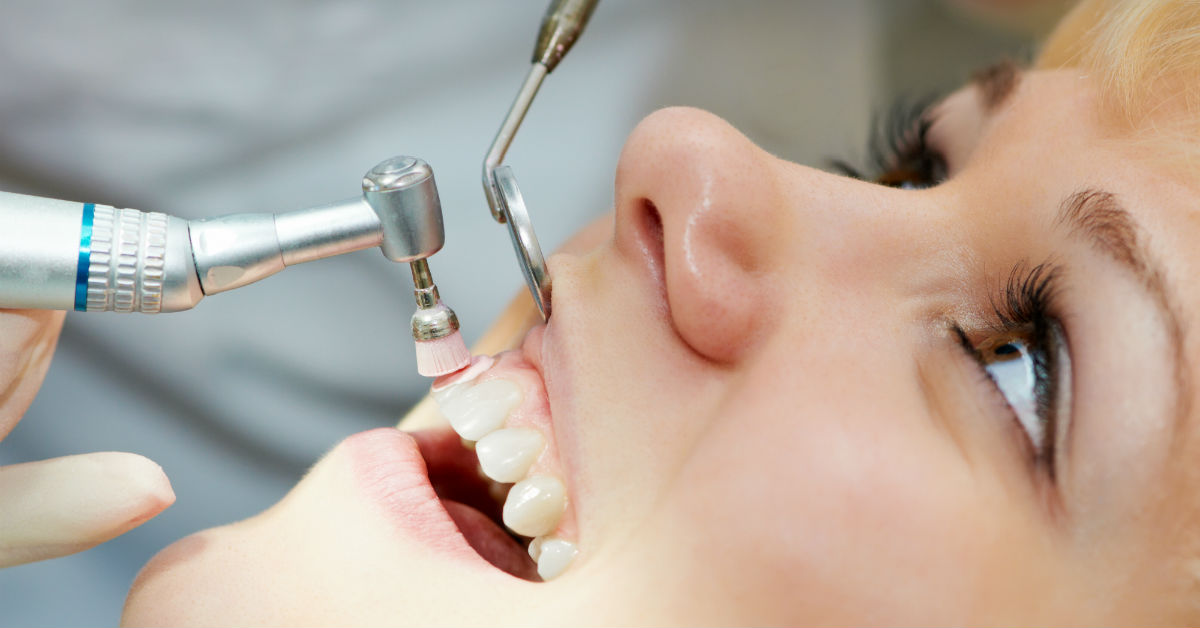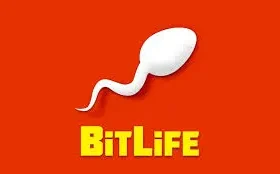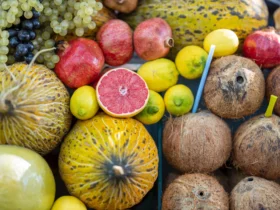Tooth filling, many people wonder how long they should wait before eating. This is an important question, as the proper care after a dental procedure can help ensure a successful and lasting result.
While there is no one-size-fits-all answer, there are general guidelines that can help you make informed decisions about your post-filling diet.
The importance of proper care
Proper care after a tooth filling is essential for a successful and lasting result. Taking proper care of your mouth and the filling can help prevent complications and ensure a smooth recovery.
One of the key things to remember is to avoid eating or drinking anything for the first hour after the filling is placed. This allows the filling to fully set and harden, reducing the risk of damage or displacement.
After the first hour, you can gradually introduce soft and gentle foods into your diet. Avoid chewing on the side of the mouth where the filling was placed and opt for foods that require minimal chewing.
It is also important to maintain good oral hygiene habits, such as brushing and flossing gently around the filling area. This will help keep the filling clean and prevent any potential infections.
The healing process after a tooth filling
Understanding the healing process after a tooth filling is crucial to ensure proper care and a successful recovery. After the initial phase of allowing the filling to set and harden, the healing process begins.
During this time, it’s important to be mindful of the foods you consume. Opt for soft and gentle foods that won’t put too much pressure on the filling or cause irritation.
Avoid hard and sticky foods that can potentially damage the filling or get stuck in it. This includes items like hard candies, popcorn, nuts, and chewy candies.
It’s essential to continue practicing good oral hygiene. Continue brushing and flossing gently around the filling area to maintain cleanliness and prevent any potential infections.
When is it safe to eat after a tooth filling?
After a tooth filling, it is essential to allow some time before consuming solid foods. Generally, it is safe to eat about 2 hours after a tooth filling, once the anesthesia has completely worn off. However, it is important to exercise caution and start with soft foods initially.
Soft foods are easier to chew and will not put excessive pressure on the filling. Some examples of soft foods to consider are pasta, cooked vegetables, soups, and smoothies. Remember to chew on the opposite side of the mouth to avoid any unnecessary contact with the filled tooth.
It is advisable to steer clear of hard and sticky foods for the first few days after the filling. These can potentially damage the filling or become stuck in it, leading to discomfort or complications.
Food recommendations for post-filling meals
After a tooth filling, it is crucial to choose your post-filling meals carefully to ensure the longevity of your filling and promote a smooth recovery. Here are some food recommendations to consider for your post-filling meals:
1. Soft fruits and vegetables:
Opt for foods like bananas, avocados, mangoes, and steamed vegetables. These are easy to chew and will not put excessive pressure on the filling.
2. Lean proteins:
Include tender meats, tofu, eggs, and fish in your meals. These protein sources provide essential nutrients for healing without straining your filling.
3. Dairy products:
Yogurt, soft cheeses, and milk-based products can be beneficial after a tooth filling. They provide calcium and vitamins, promoting overall oral health.
4. Whole grains:
Incorporate foods like oatmeal, whole grain bread, and rice into your diet. These are easier to chew and offer dietary fiber for better digestion.
Precautions
While it is essential to choose the right foods for your post-filling meals, it is equally vital to take certain precautions to ensure the longevity of your filling and prevent any complications. Here are some precautions to keep in mind when eating after a tooth filling:
1. Avoid excessive chewing:
Try to minimize the amount of pressure you apply on the side of your mouth with the filling. Chewing on the opposite side or opting for softer foods can help prevent any strain on the filling.
2. Be cautious with hot and cold foods:
Especially after the filling procedure, your tooth may be more sensitive to temperature extremes. Avoid consuming extremely hot or cold foods and beverages to prevent any discomfort or sensitivity.
3. Steer clear of hard and crunchy foods:
Foods like nuts, popcorn, and hard candies can potentially damage the filling or dislodge it. It is best to avoid these foods for a few days post-filling.
4. Limit sticky and sugary foods:
Sticky candies, chewing gums, and sugary snacks can get stuck on the filling and increase the chances of plaque accumulation. Opt for healthier alternatives instead.
5. Maintain good oral hygiene:
Brush your teeth gently, especially around the filled tooth, to remove any food particles or plaque. Flossing is also essential to keep the area clean and prevent any potential issues.
Conclusion
After getting a tooth filling, it is crucial to prioritize your oral health to ensure a successful recovery and maintain the longevity of your filling.
The precautions mentioned above, such as avoiding excessive chewing, being cautious with hot and cold foods, and steering clear of hard and crunchy foods, you can minimize the risk of complications.










Hello!! My name is Jeanine
I love to eat, travel, and eat some more! I am married to the man of my dreams and have a beautiful little girl whose smiles can brighten anyone’s day!